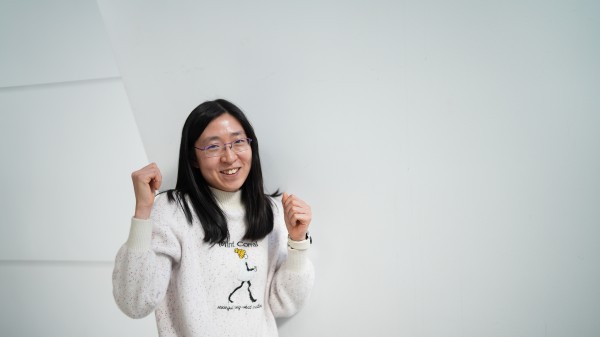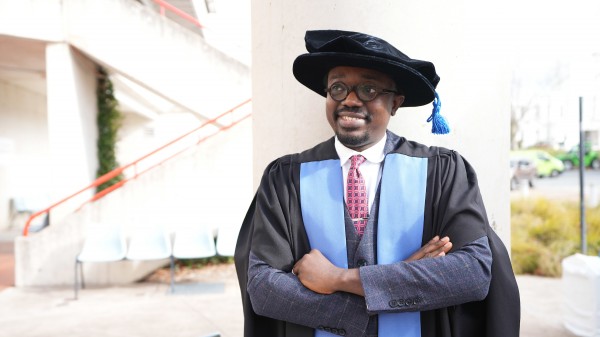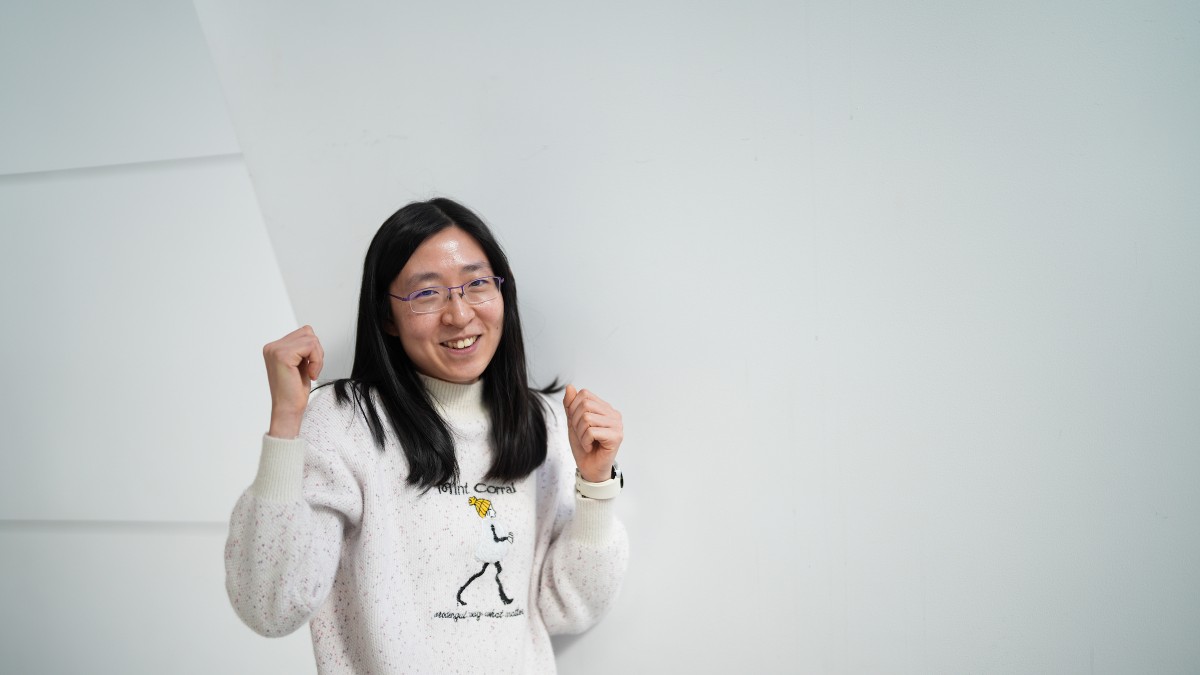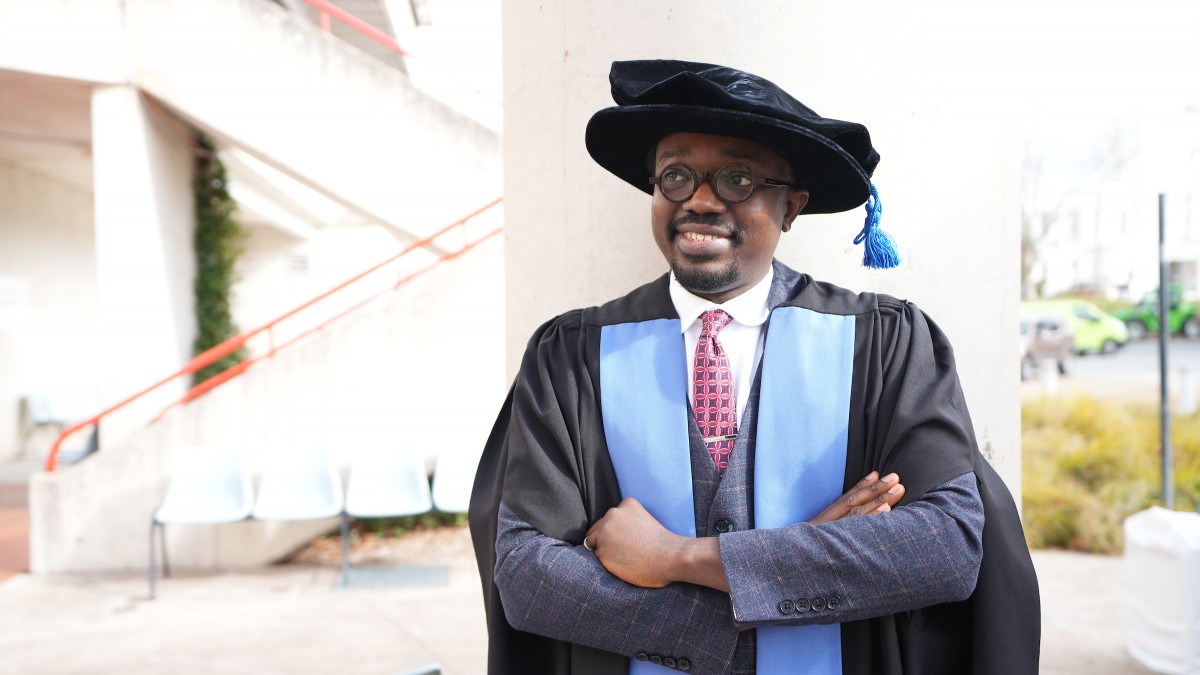The unsung heroes of science: meet the people who make our research possible.

Gavin Pritchard and Christine Larsen are in the Plant Services Team in the ANU Research School of Biology. They maintain the University’s greenhouses, and give our researchers’ plant babies all the TLC they need to thrive.
Christine: “Gavin likes to sing to his plants. He’s in a choir.”
Gavin: “Only when there’s no one around.”

Building & Facilities Officer Eric Ward and Research Fellow Oscar Branson maintain the fish tanks at the ANU Research School of Earth Sciences in support of research into coral and marine environments.
Oscar: “The clown fish are mostly jerks. This one will come and just attack you.”
Eric: “I thought that was a kiss!”

Joanne Lee is a Biological Microscopy Specialist at the Centre for Advanced Microscopy. She prepares and examines specimens for researchers at ANU.
“Doing this job really changes my perspective of the world. Before this I would see a flower and say ‘oh that’s pretty’, but then I’d look at it under the microscope and think ‘Oh, that’s scary!’ The way cells structured and how they respond to their environment, it is far more complicated and overwhelmingly exquisite.”

Alastair Walters, Volunteer and Patient Recruitment Officer, and his support team – Sonam Pema and Lyndall Thorn – works at the ANU Medical School sourcing volunteers and actors to be practice patients, like Pierre (pictured).
Pierre: “One of my friends was a volunteer patient and she said it was fun. I had retired and was looking for something to do, so I said I would give it a try for a couple of months. And I'm still here. I’ve been retired for about ten years, and I’m busier now than when I was working!”

Saskia Morris, Rachael Hanrick and Jordan Haddrick are part of the Ground Control team at the ANU Makerspace, located at the Physics Education Centre, a community resource open to all staff and students to explore their creativity using a range of amazing tools.
Jordan - “We love to tell the story of Hugo, who was a student here at physics, and also a saxophone player. He needed a new saxophone mouthpiece, but they are really expensive. And so he modeled his own mouthpiece and printed some on the 3D printer. Now he exclusively plays with his custom-made mouthpieces!”

Laboratory Technician Vance Lawrence from the ANU Research School of Chemistry is in charge of making things explode when they’re supposed to, and not explode when they’re… not supposed to.
“Human beings are the biggest risk in science. To be honest, 99.9% of the incident reports I’ve had are down to humans taking shortcuts.”


Executive Assistant Faye Irwin and PhD researcher Roxanne Jones, from the ANU Research School of Population Health, are currently working on Mayi Kuwayu – the most extensive longitudinal study on Aboriginal and Torres Strait health and culture ever undertaken in Australia. They use paper surveys and phone calls to reach the majority of participants.
Faye: “We can take hundreds of phone calls a day. The first day, I remember leaving here thinking I'm not even sure if I can drive my car home. I'm not kidding. I thought, I just have to sit quietly beside a tree for ten minutes and collect my thoughts.”

Craig Young and Luke Roberts are part of the Mechanical Workshop team at the Research School of Physics. They have a giant warehouse of tools to create parts for physics experiments and research around campus.
Luke: “The things I’ve made are scattered around the world. Some are even in space or at the bottom of the ocean.”
Craig: “You can’t describe the range of things we are asked to do. Next week we’re mechanically slicing fossilised whale poo.”











